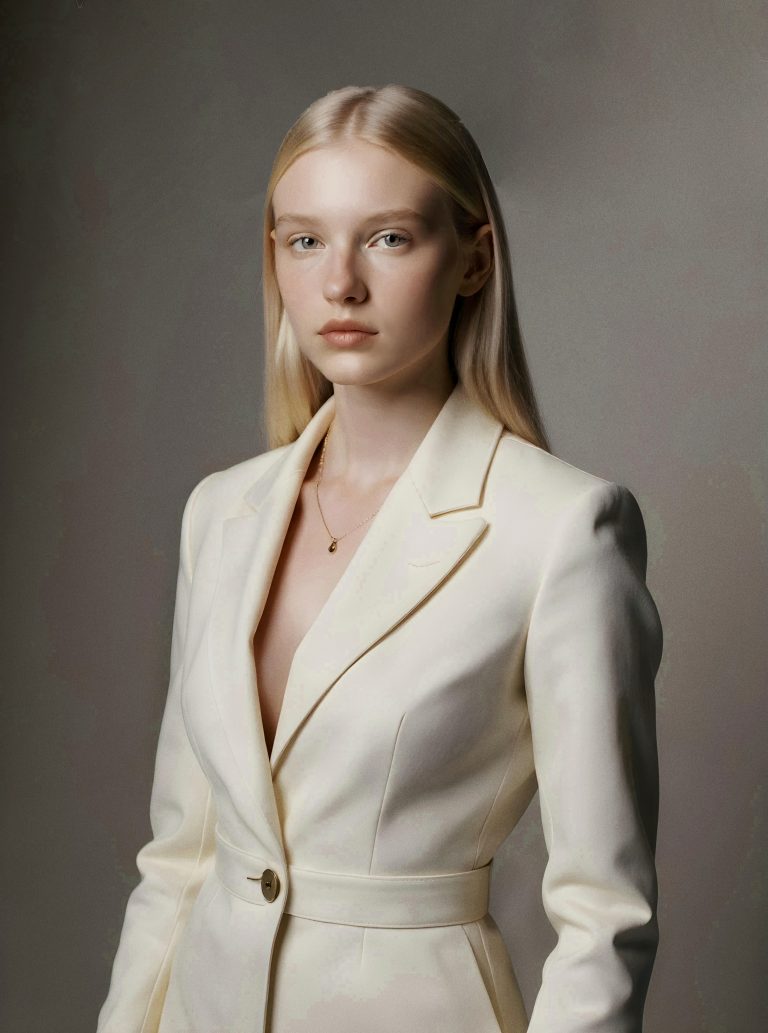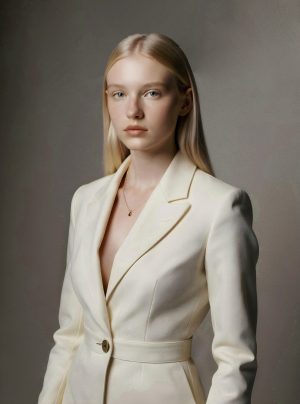Generative Artificial Intelligence is Transforming Visual Communication in Beauty, Fashion, and Advertising
The revolution of generative artificial intelligence is redefining how beauty, fashion, and advertising brands conceive, produce, and communicate their campaigns. What used to take weeks of production and large budgets can now be planned, tested, and adapted at unprecedented speed — without compromising aspirational aesthetics or brand consistency.
Far from being a technological trend, generative artificial Intelligence has become a strategic communication tool, capable of creating real value, optimizing resources, and elevating visual creativity to the next level.
1. New visual languages for beauty and fashion brands
Generative artificial Intelligence allows teams to experiment with styles, textures, atmospheres, and compositions without shooting every idea in real life. This makes it easier to create mood boards and visual prototypes for campaigns before committing to production.
For instance, a beauty brand can visualize how a new product line would look in different settings — studio, editorial, lifestyle, macro-product shots — before deciding on the final approach. In fashion, creative teams can explore aesthetic variations of a collection (color, fabric, silhouette, lighting) with near-photorealistic precision.
2. Personalization without losing identity
The greatest strength of generative artificial Intelligence is not just speed, but its ability to adapt the same campaign to different audiences and markets, while always respecting the brand’s visual identity.
A single visual can generate multiple versions for different countries, platforms, or age segments, maintaining the aspirational tone, art direction, and message. This flexibility maximizes creative ROI without fragmenting the brand.
3. Efficiency in production and campaign timing
Marketing teams can reduce visual development time without sacrificing quality:
- Redundant pre-production phases can be eliminated.
- Variations in framing, color, or context can be generated instantly.
- Shooting and post-production resources are optimized.
This doesn’t replace photography or audiovisual production but enhances it: each physical production is carried out with a clearer strategy, informed by AI-generated visual previews.
4. Seamless integration into real campaigns
AI-generated images can integrate naturally into mixed visual ecosystems, where real and generated materials coexist:
- AI-created backgrounds that expand sets.
- Variations of product or packaging prior to launch.
- A/B testing of different art directions before shooting.
This allows brands to evaluate the visual impact of an idea before fully investing, reducing risk and improving ROI.
5. Data-driven creative decisions
Generative AI combined with analytics enables brands to measure the performance of each visual concept.
They can identify which compositions, models, colors, or layouts drive the most engagement and adjust campaigns accordingly.
The result is smarter marketing, where creativity and data work together to strengthen positioning and emotional connection with the audience.
6. Towards a new human-technology collaboration
The key is not to replace human creation, but to equip it with new tools. Leading brands are those that combine the aesthetic judgment of their teams and collaborators with the capabilities of generative AI to explore, test, and amplify their message.
The near future belongs to brands that merge human vision with technological efficiency: more consistent campaigns, faster turnaround, and even more refined aesthetics.
Conclusion
Generative AI is not a shortcut; it’s a new layer of creativity and strategy. In beauty, fashion, and advertising, brands that integrate it wisely will achieve more versatile, coherent, and profitable campaigns without compromising style or human value.
Combining AI with expert art direction, quality control, and knowledge of the language of luxury is the safest way to harness its full potential.




